Blog
Jewellok is a professional pressure regulator and valve manufacturer and supplier.
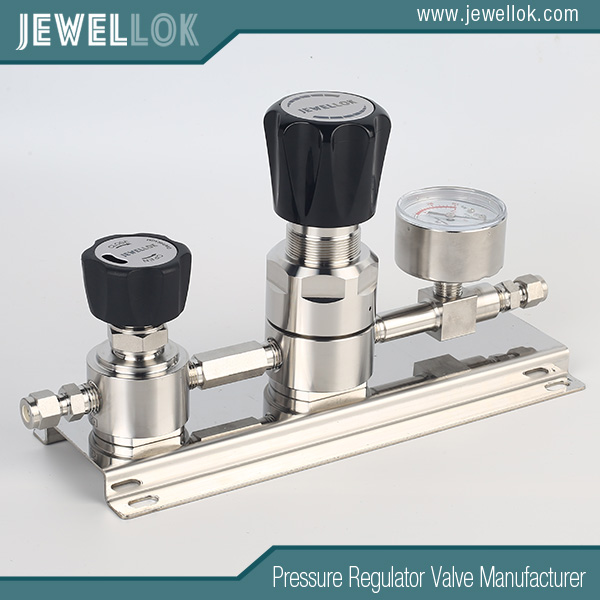
The Uses Of High Purity Helium Pneumatic Pressure Regulator For Laboratory Pipeline
- Pressure Regulator Valve Manufacturer
- 0-100 PSI Helium Tank Regulator, Helium Bottle and Cylinder Regulators, Helium Gas Pressure Regulators, Helium Gas Regulator Manufacturer Pune, Helium Gas Regulators, Helium Pneumatic Pressure Regulator, Helium pressure regulator, Helium pressure regulator China, Helium regulator Manufacturer, Helium regulator Manufacturer China, Helium Regulator Supplier, Helium Regulator Supplier China, Helium Regulators for Precision Gas Welding, Helium Tank Regulators, Helium Two Stage Gas Regulators, High pressure helium regulator Manufacturer, high purity helium pneumatic pressure regulator, Single Stage Helium Regulator
- No Comments
The Uses Of High Purity Helium Pneumatic Pressure Regulator For Laboratory Pipeline
Introduction
Helium, a noble gas renowned for its inertness and low atomic weight, plays an indispensable role in modern laboratory environments. From gas chromatography to cryogenic cooling, its applications are vast and varied, making it a cornerstone of scientific research. However, the effective use of helium in laboratories relies heavily on precise control over its delivery through pipeline systems. This is where high purity helium pneumatic pressure regulators come into play. These specialized devices ensure that helium is supplied at consistent pressures and flow rates, maintaining the integrity of experiments and equipment. In this article, we explore the multifaceted uses of high purity helium pneumatic pressure regulators in laboratory pipelines, delving into their design, applications, benefits, and challenges. By understanding their significance, laboratory professionals can optimize their workflows, enhance safety, and achieve reliable results.
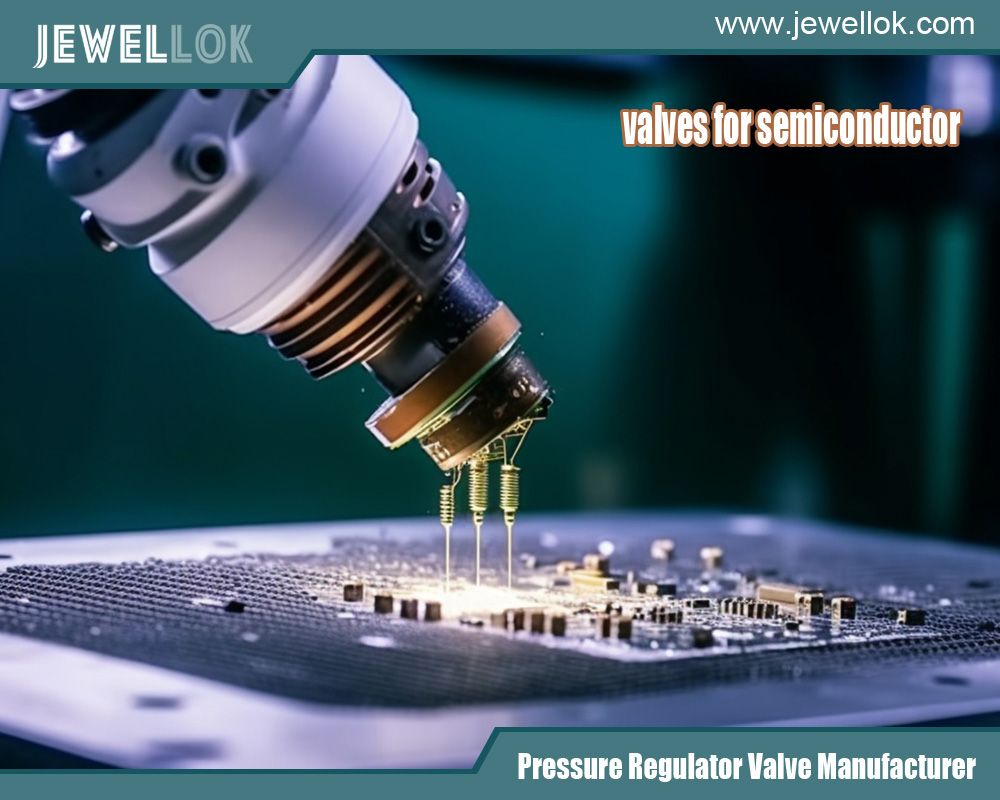
Understanding High Purity Helium and Its Properties
High purity helium refers to helium gas that has been refined to remove impurities, typically achieving purity levels of 99.999% or higher. This level of refinement is critical in laboratory settings where even trace contaminants can skew experimental outcomes or damage sensitive equipment. Helium’s unique properties—such as its low boiling point (-268.9°C), chemical inertness, and high thermal conductivity—make it an ideal choice for a range of scientific applications. Unlike other gases, helium does not react with other substances, ensuring that it serves as a stable carrier or coolant without introducing variables into experiments. Its small atomic size also enables it to penetrate minute leaks, making it valuable for testing purposes. For these reasons, maintaining helium’s purity through proper regulation is paramount in laboratory pipelines.
The Pneumatic Pressure Regulator: Design and Functionality
A pneumatic pressure regulator is a device designed to maintain a constant output pressure regardless of variations in the input pressure or downstream flow demand. In the context of high purity helium, these regulators are engineered with materials and seals that prevent contamination, such as stainless steel or brass bodies and fluoropolymer diaphragms. The core components include an inlet port, a pressure-sensing element (often a diaphragm or piston), a control valve, and an outlet port. The regulator operates by balancing the force of the gas pressure against a spring or reference pressure, adjusting the valve to stabilize the output.
For laboratory pipelines, high purity helium regulators are often equipped with fine-tuned adjustment mechanisms to deliver precise pressures, sometimes as low as a few millibars. They may also feature dual-stage designs, which provide greater accuracy by reducing pressure in two steps, minimizing fluctuations caused by supply cylinder depletion. This precision is essential for experiments requiring stable gas flow, ensuring that downstream instruments receive helium at the exact specifications needed.
Applications in Laboratory Pipelines
High purity helium pneumatic pressure regulators find extensive use in laboratory pipelines, supporting a variety of scientific processes. Below are some key applications:
-
Gas Chromatography and Mass Spectrometry (GC-MS)
In gas chromatography, helium serves as a carrier gas, transporting samples through the column for separation and analysis. The pressure regulator ensures a steady flow rate, which is critical for reproducible retention times and accurate detection in mass spectrometry. Variations in pressure could distort peak shapes or compromise resolution, making the regulator’s role indispensable. -
Cryogenic Systems and Cooling
Helium’s ultra-low boiling point makes it a preferred coolant in cryogenic applications, such as superconducting magnets in NMR (nuclear magnetic resonance) or MRI systems. Pneumatic pressure regulators control the delivery of helium to cryostats, maintaining optimal pressure to prevent boiling or wastage while ensuring consistent cooling performance. -
Leak Detection and Vacuum Systems
Helium’s small atomic size and inertness make it ideal for leak detection in vacuum systems. Laboratories use helium leak detectors to identify breaches in pipelines or chambers. The pressure regulator supplies helium at a controlled rate, allowing technicians to pinpoint leaks without overwhelming the system or introducing contaminants. -
Calibration and Testing of Scientific Instruments
Many laboratory instruments, such as pressure gauges or flow meters, require calibration with a reference gas. High purity helium, delivered via a pneumatic regulator, provides a stable and repeatable standard, ensuring that instruments perform accurately over time. -
Semiconductor Research and Fabrication
In semiconductor labs, helium is used in processes like plasma etching and thin-film deposition. The regulator maintains precise pressure levels in the pipeline, supporting the creation of microchip layers with nanometer-scale precision. Any deviation in gas delivery could result in defective products, underscoring the regulator’s importance.
These applications highlight the versatility of high purity helium pneumatic pressure regulators, making them a vital component in modern laboratory infrastructure.
Benefits of Using High Purity Helium Pneumatic Pressure Regulators
The adoption of these regulators in laboratory pipelines offers several advantages:
-
Precision and Accuracy
By delivering helium at a consistent pressure and flow rate, regulators eliminate variables that could affect experimental outcomes. This is particularly valuable in analytical chemistry, where repeatability is paramount. -
Contamination Prevention
Designed with high-purity materials, these regulators prevent the introduction of impurities into the helium stream. This protects sensitive equipment and ensures the integrity of results, especially in trace analysis or ultra-clean environments. -
Safety Enhancements
Laboratories handling high-pressure gas cylinders face risks such as over-pressurization or leaks. Pneumatic regulators mitigate these hazards by maintaining safe operating pressures and incorporating features like relief valves. -
Long-term Cost Efficiency
While high purity helium is expensive due to its scarcity, precise regulation minimizes waste by optimizing gas usage. Over time, this reduces operational costs, making the regulator a cost-effective investment.
These benefits collectively enhance laboratory productivity, safety, and reliability, justifying the use of specialized regulators for helium delivery.
Challenges and Considerations
Despite their advantages, high purity helium pneumatic pressure regulators come with challenges that laboratories must address. Regular maintenance is required to ensure performance, as wear on seals or diaphragms can introduce leaks or pressure inconsistencies. Calibration must also be performed periodically to verify accuracy, adding to operational overhead. Compatibility with existing pipeline systems is another consideration; regulators must match the fittings, pressure ratings, and flow requirements of the lab’s infrastructure. Finally, the global helium supply is finite, with shortages occasionally driving up costs. Laboratories must plan for these constraints, balancing the need for high purity helium with availability and budget limitations.

Conclusion
High purity helium pneumatic pressure regulators are unsung heroes in laboratory pipelines, enabling a wide range of scientific endeavors with precision and reliability. From supporting cutting-edge analytical techniques to ensuring the safety of cryogenic systems, these devices underpin the success of modern research. Their ability to deliver helium at exact pressures while preventing contamination makes them indispensable in fields as diverse as chemistry, physics, and materials science. Though challenges like maintenance and helium scarcity persist, the benefits—accuracy, safety, and efficiency—far outweigh the drawbacks. As laboratories continue to push the boundaries of discovery, the role of these regulators will only grow, cementing their status as critical tools in the pursuit of knowledge. Looking ahead, advancements in regulator design and helium recycling may further enhance their utility, ensuring that this noble gas remains a cornerstone of scientific progress.
For more about the uses of high purity helium pneumatic pressure regulator for laboratory pipeline, you can pay a visit to Jewellok at https://www.jewellok.com/product/high-pressure-high-temperature-pneumatic-ultrahigh-purity-stainless-steel-diaphragm-valves/ for more info.
Recent Posts
Tags
1 1 2 gas pressure regulator
1 2 gas regulator
1 2 propane regulator
1/2 gas pressure regulator
2 inch irrigation solenoid valve
6mm equivalent
adjustable low pressure propane regulator
adjustable propane pressure regulator
adjustable propane regulator
adjusting propane regulator
air compressor non return valve
argon hose fitting
characteristics of pressure
diaphragm suppliers
gas regulator
gas used in semiconductor manufacturing
high pressure argon regulator
high pressure flexible hose
how a gas pressure regulator works
how a pressure regulator works
how does a needle valve work
how does pressure regulator work
how do pressure regulators work
how often should pressure relief valves be replaced
how solenoid valves work
humming propane regulator
low pressure regulator
pressure gauge manufacturers
pressure regulator
pressure relief valve vs safety relief valve
propane adjustable pressure regulator
purpose of flame arrester
relief vs safety valve
safety relief valve vs pressure relief valve
safety relief valve vs safety valve
safety valve and relief valve
safety valve and relief valve difference
safety valve vs pressure relief valve
solenoid valve for ammonia gas 1 inch pipe
solenoid water valve
stainless pressure regulator
stainless steel 1/4 in. pressure gauge fitting - 3/8 qc
two stage pressure regulator
water solenoid valve 24v
what is a gas pressure regulator
Recommended Products
-
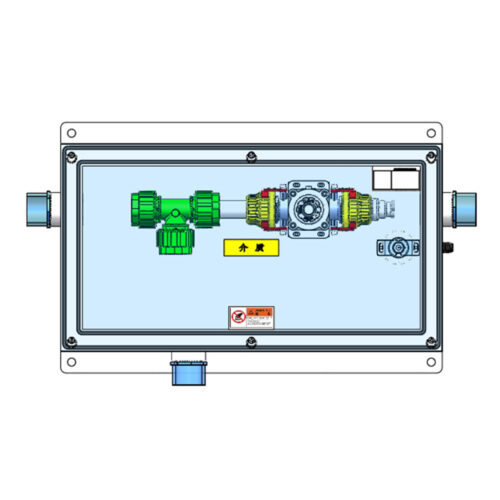
T-BOX JW-TB-C Special Gas Delivery System Gas Valve Manifold Boxes
-
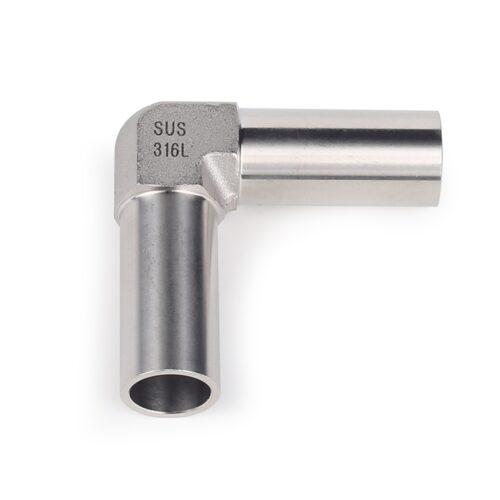
High Purity Stainless Steel Mini Tube Butt Weld Fittings For Semiconductor
-
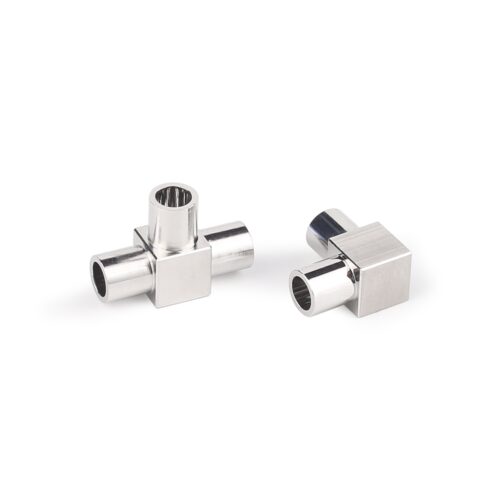
Stainless Steel Mini Elbow Mini Tee Mini Cross Mini Tribow Ultrahigh Purity Mini Butt Weld Fittings
-

Low Pressure High Flow Line Pressure Regulators And Control Valves JSR-4L Series For Laboratory Pressure Control
-
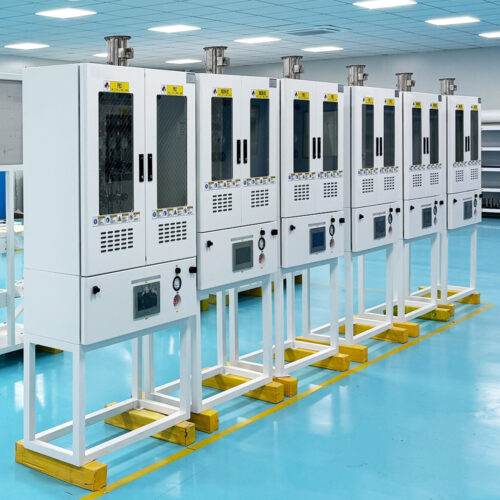
VMB Valve Manifold Panels And Boxes High Purity Configurable Systems JW-200-VMB & JW-100-VMB
-
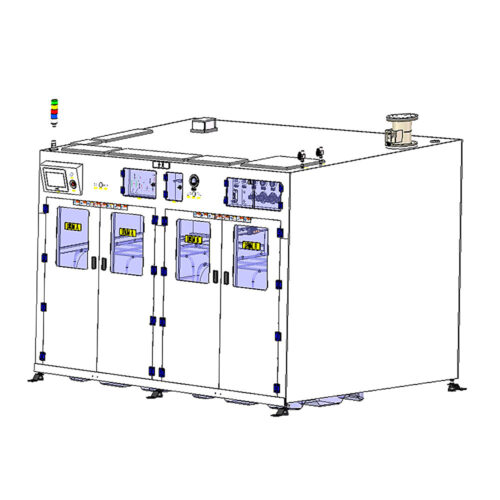
High Purity Chemical Dispense System & Packing System For Semiconductors JW-200L-CDM & JW-1000L-CDM
-
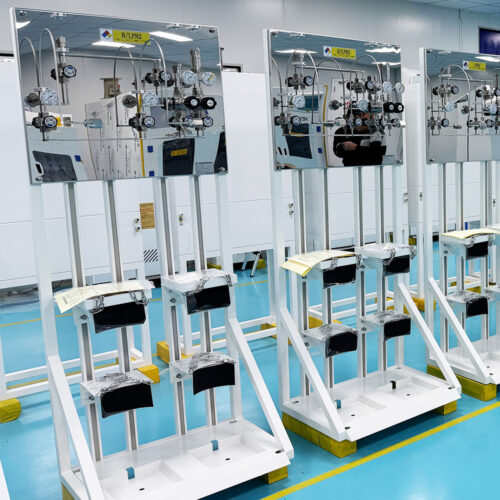
Manual Gas Rack High Purity Gas Delivery Systems JW-100-GR
-
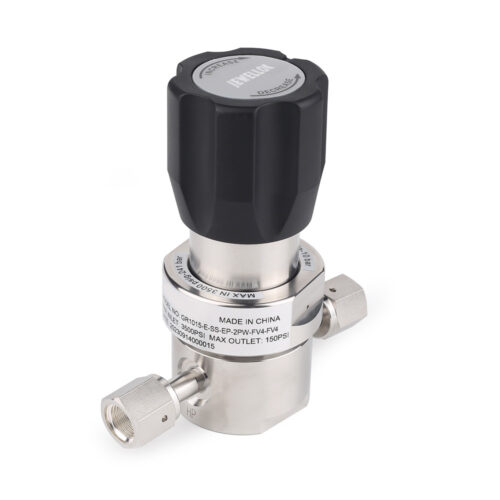
JR1000 Series UHP Ultra High Purity Single Stage Pressure Reducing Regulator And Low To Intermediate Flow